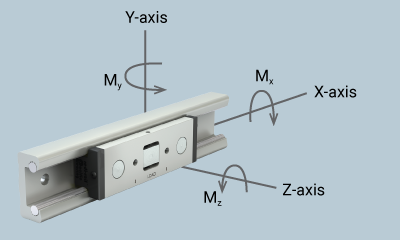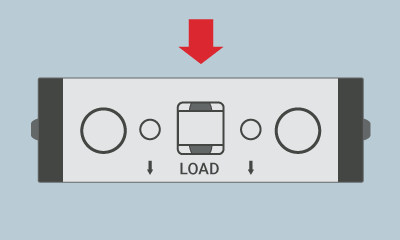



Set your pre-load
The final step in the Redi-Rail installation process is to adjust your preload for the linear guide carriages if necessary. While carriages come with a factory-set preload, you have the option of adjusting depending on your application needs. In the video below, we examine our patented side-adjustable preload function. This innovative design offers you easy side-adjustment, especially when compared to other linear guide carriages that require specialized tools. In addition, our side-adjustment design eliminates the need to completely remove any machines, fixtures, or loads prior to adjusting preload. When factoring in the possibility of multiple attempts to fine-tune your preload, it is easy to see how Redi-Rail can dramatically reduce installation time and costs.

